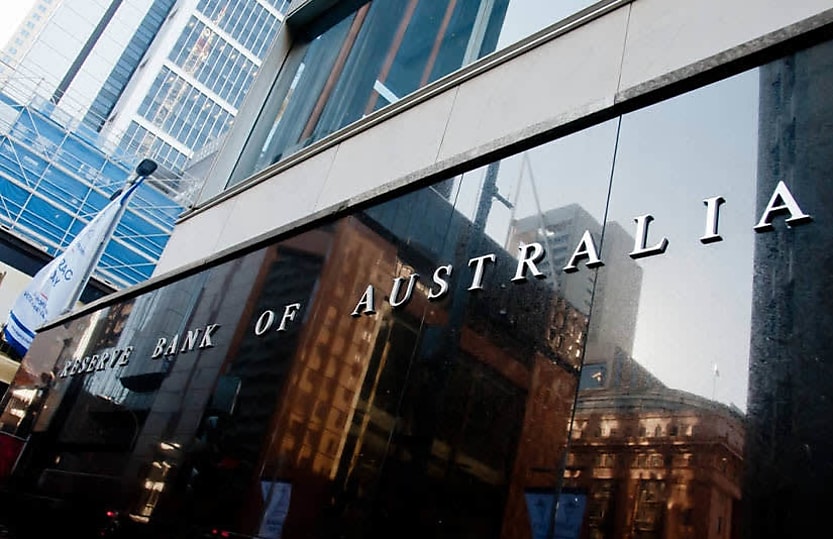Monetary tightening cycle now ‘losing effectiveness’

The monetary policy tightening cycle is reaching the point at which further rate rises will have limited effect, economists caution.
The Reserve Bank has left rates on hold this month but concerns about tight labour markets and underlying inflation remain, economists have said.
In its monthly rate decision, the RBA made the decision to hold the cash rate at 4.10 per cent, with data released in June not definitive enough to warrant a further increase.
CreditorWatch chief economist Anneke Thompson said while the cash rate was on hold for this month, the RBA is still concerned about the tight labour market and inflation.
“Looking overseas, inflation in areas that are typically labour-intensive is only decreasing very slowly, while price rises for goods are coming down faster. This is the same in Australia, where we recorded a decline of 0.4 per cent in the price of clothing and footwear,” said Ms Thompson.
“On the flip side, price rises of meals out and takeaway food accelerated over the year to May 2023, rising to 7.7 per cent from 7.3 per cent the month prior. This is likely caused by continued high labour, energy and food prices forcing restaurant and café owners to continue to pass on these additional costs.”
On the demand side, the roughly 30 per cent of Australians who neither rent nor have a home loan, by and large, continue to spend on services and meals out.
“We are now nearing, if not at, the point in the monetary policy tightening cycle where further rises to the cash rate will have limited further effect. Households with a home loan have already endured the fastest and steepest rise to the cash rate in history, with most of these people unable to increase income enough to offset their higher interest repayments,” said Ms Thompson.
“The savings rate of Australians is now below pre-COVID levels, and COVID era savings will have been exhausted already by many people. Therefore, it is highly likely that these households with a home loan (roughly 40 per cent of Australian households when including investors) have already pulled back significantly on their discretionary spending. The RBA will now be hoping businesses slow their hiring intentions, taking some pressure off wages, and reducing inflation in labour-intensive parts of the economy.”
AMP chief economist Shane Oliver said the RBA’s previous rate hikes had done enough to slow the economy and bring inflation back to target.
“Rate hikes normally impact the economy with up to a one-year lag. This time around the lag has likely been lengthened thanks to savings buffers built up through the pandemic, the reopening boost and more than normal home borrowers locking in at 2 per cent of so fixed mortgage rates in the pandemic,” said Mr Oliver.
“However, these protections are likely now wearing off particularly with many fixed rate mortgages now resetting to mortgage rates that are two to three times their initial fixed rate.”
Even though rates were left on hold, the rate hikes since April last year mean that a variable rate borrower with a $600,000 mortgage will have seen $1300 a month added to their mortgage payments, stated Mr Oliver.
“That’s an extra $15,700 a year. Even if the borrower has managed to get a 0.5 per cent discount to their mortgage rate, it would amount to an extra $13,300, which is a massive hit to household spending power. Many of those on fixed rates are now starting to experience that increase this quarter in one jump.”
Mr Oliver noted that the Reserve Bank’s commentary remains hawkish with the governor Philip Lowe flagging concerns around wages growth against the backdrop of low productivity growth.
In his monetary policy statement, Philip Lowe said the uncertainty surrounding the economic outlook and the belief that inflation in Australia had passed its peak led to its rate decision, however, he emphasised that inflation was still too high.
“The board decided to hold interest rates steady this month. This will provide some time to assess the impact of the increase in interest rates to date and the economic outlook,” said Dr Lowe.
“But inflation is still too high and will remain so for some time yet. High inflation makes life difficult for everyone and damages the functioning of the economy. It erodes the value of savings, hurts household budgets, makes it harder for businesses to plan and invest, and worsens income inequality.”
BDO’s EconSearch partner Anders Magnusson said the pause reflected the RBA’s confidence that its previous rate rises had achieved the desired effect.
“The RBA is comfortable that the dozen recent rate rises have set in motion the levers necessary to bring inflation down,” said Mr Magnusson.
“The rising cost-of-living pressures and gradual transition from fixed to variable home loans for many home owners has succeeded in dampening demand, causing annual inflation to decrease to 5.6 per cent in May.
“We expect to see a continued pause on rate rises as headline inflation decreases. The RBA will need to manage the next few months of softening economic conditions very carefully to avoid a hard landing for the national economy.”
About the author

